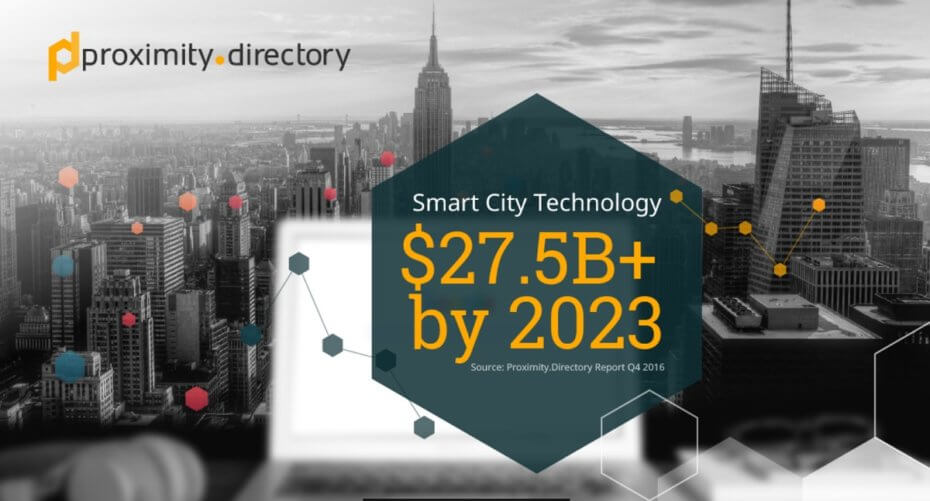
The world’s smartest cities in terms of technology-sensing infrastructure include Singapore, New York, Barcelona, Oslo, London, and San Francisco, according to Unacast’s latest Proximity.Directory Report (Formerly Proxbook).
The new Q4 2016 report chronicles the cities that have deployed Proximity Sensors, or sensors that detect things like whether a car is in a parking spot. The report has aggregated data from more than 370 Proximity Solution Providers in over 50 different countries.
“The Q4 2016 proximity.directory Report concluded the deployment of global smart technology projects in urban markets [that are] expected to grow significantly on [an] annualized basis,” said Thomas Walle, cofounder and CEO of Unacast, in a statement. “We are still in the early stages of smart city developments. In 2017, big project announcements will come to life.”
Between 2014 and 2016, the global smart city technology market increased by $3.3 billion, going from $8.8 billion to $12.1 billion. An estimated 66 percent of the world population will live in urban areas by 2050. Today, 82.3 percent of the population in the U.S. live in urban areas.
…

